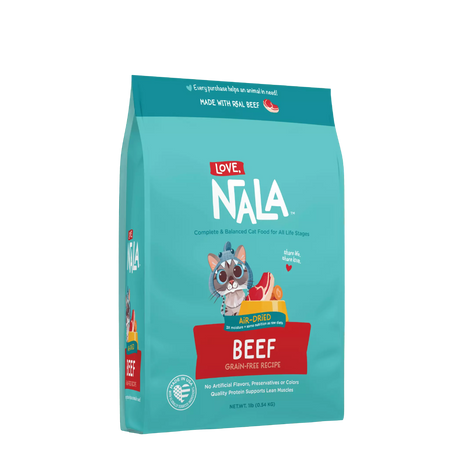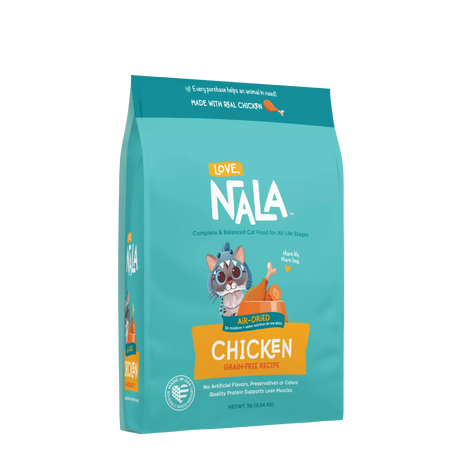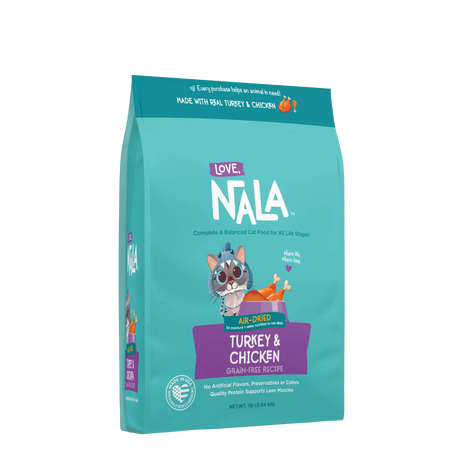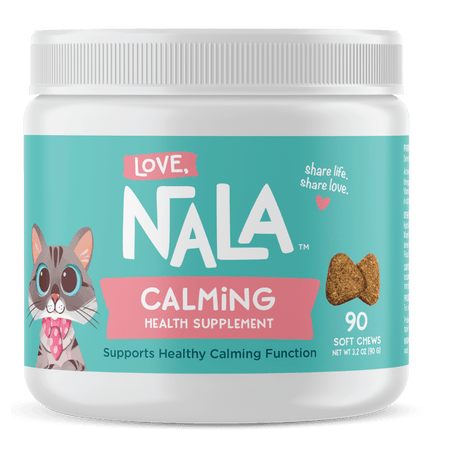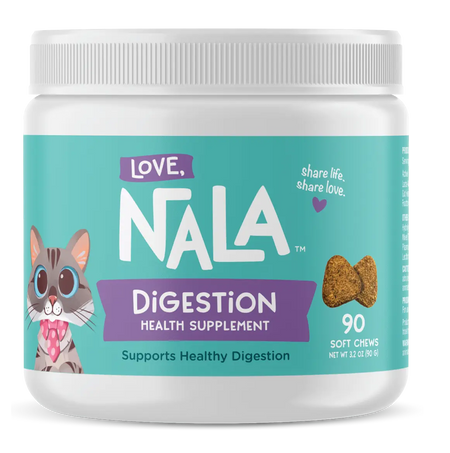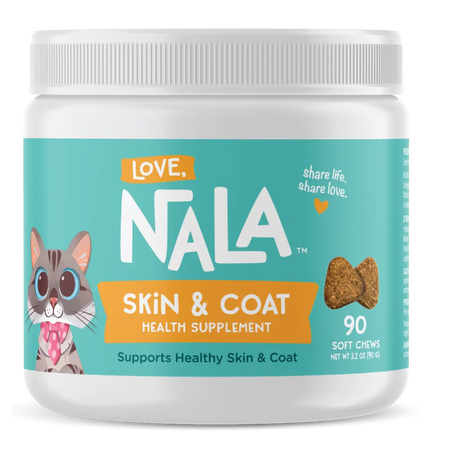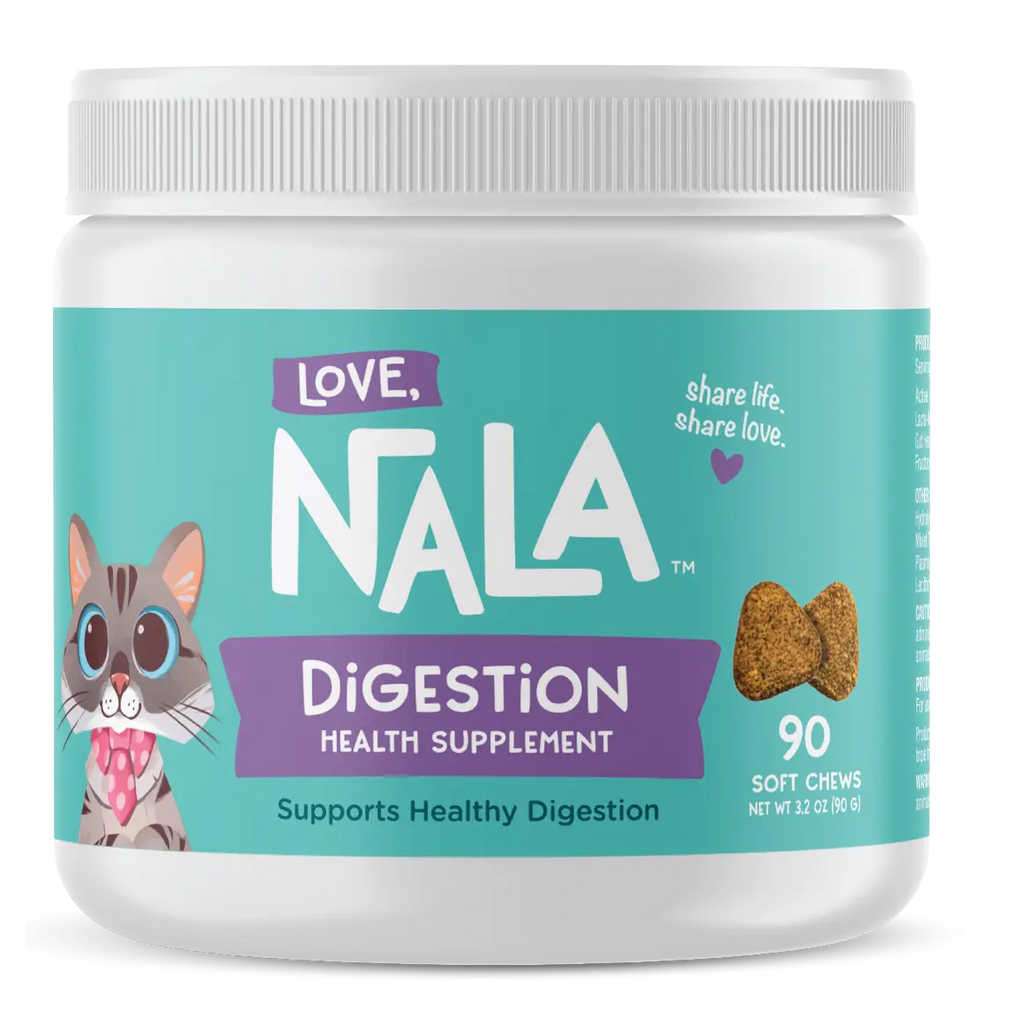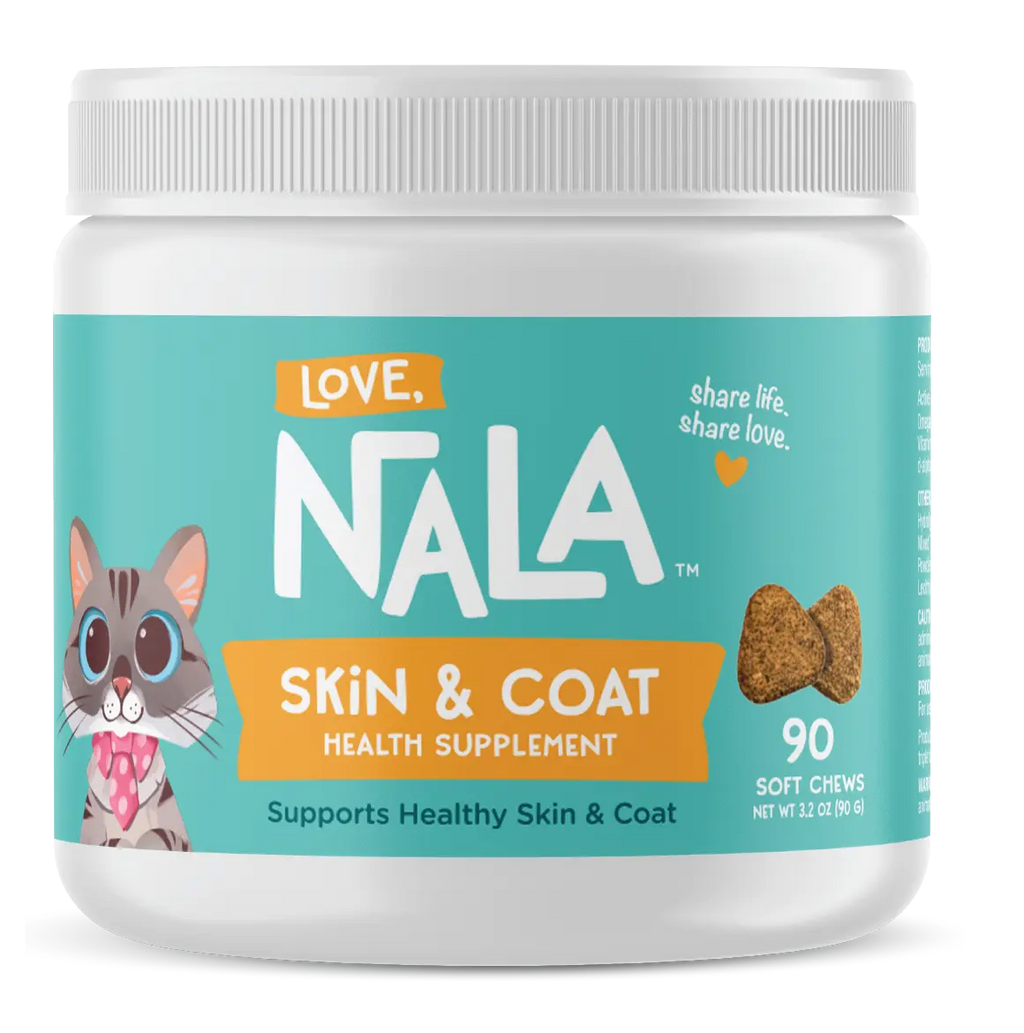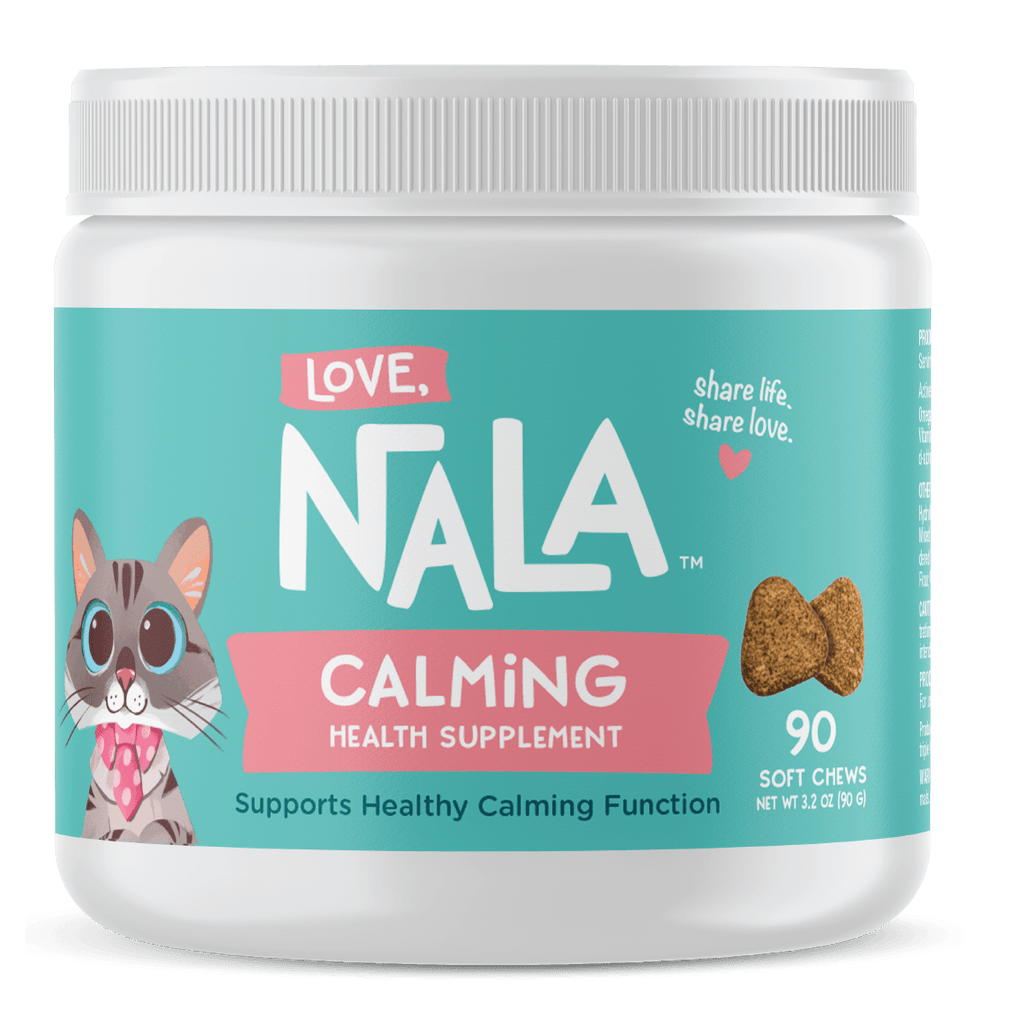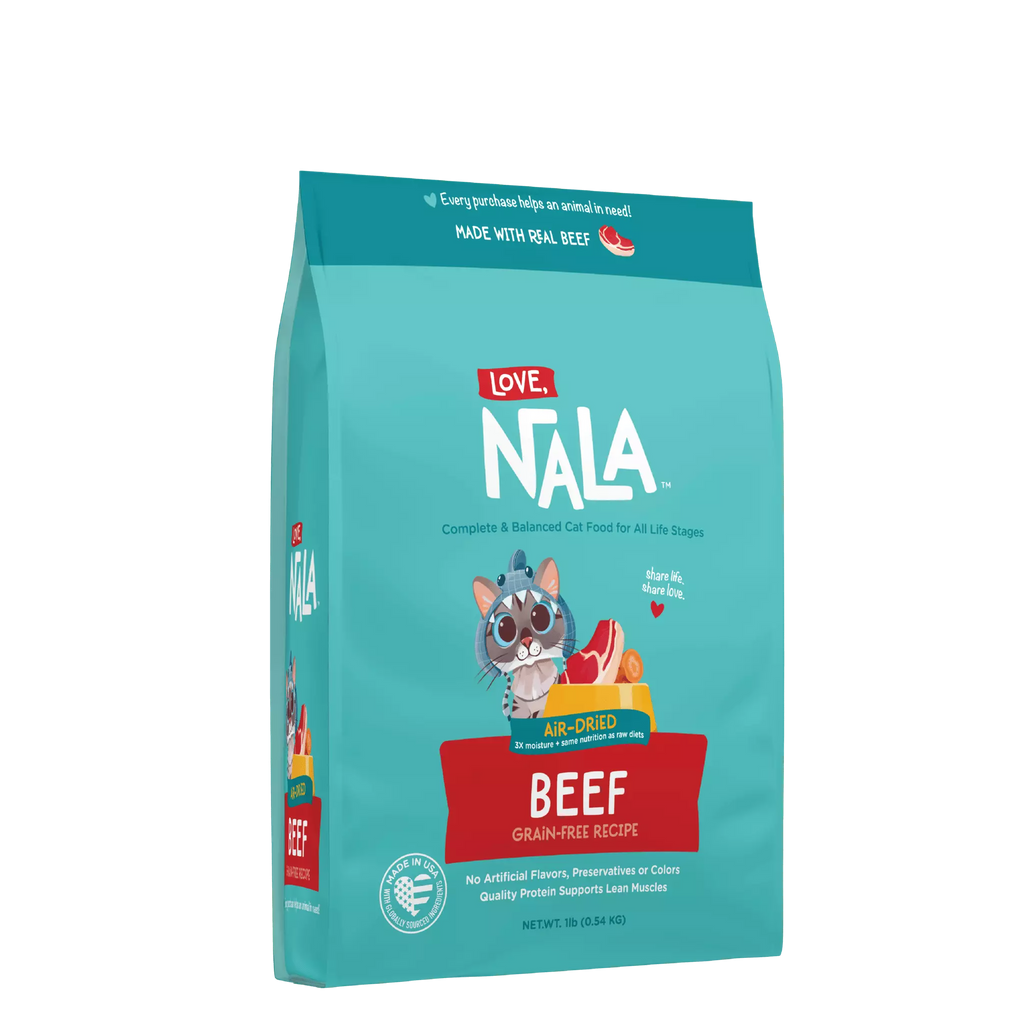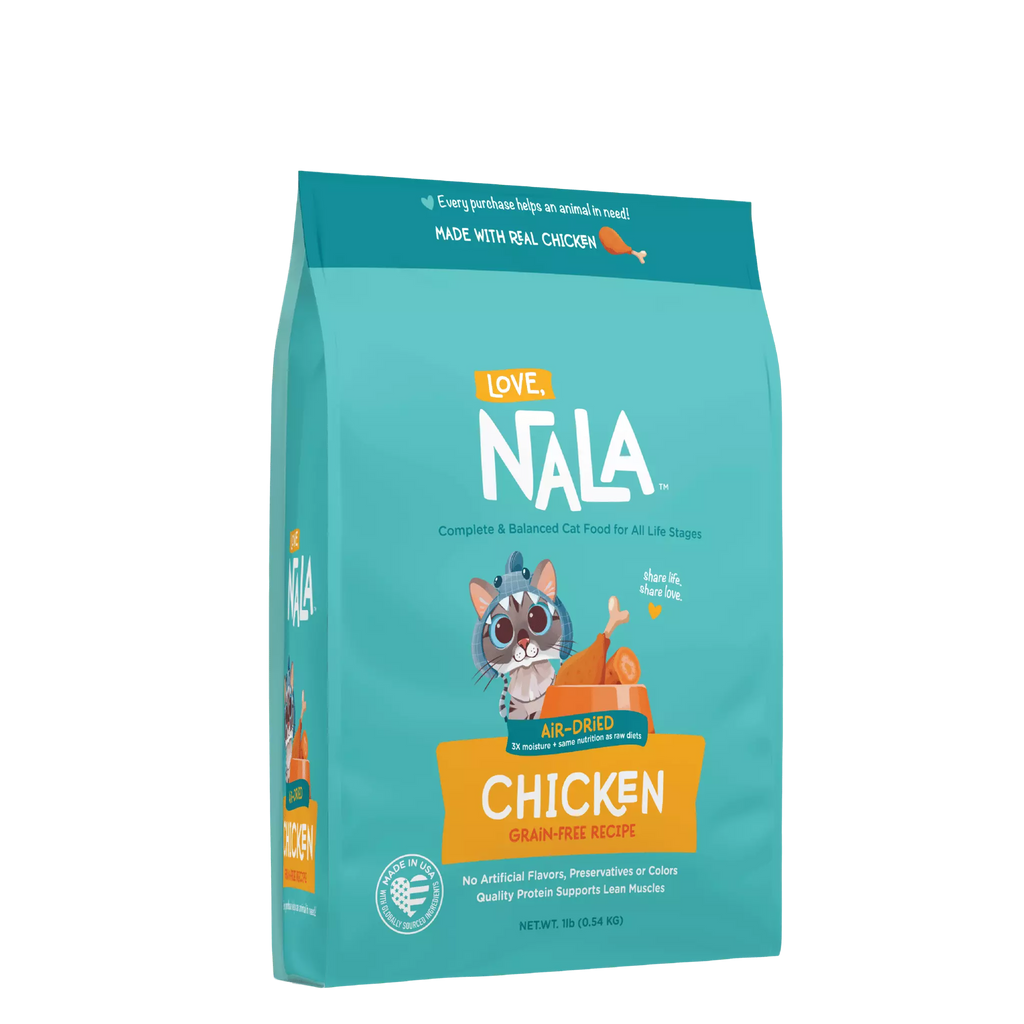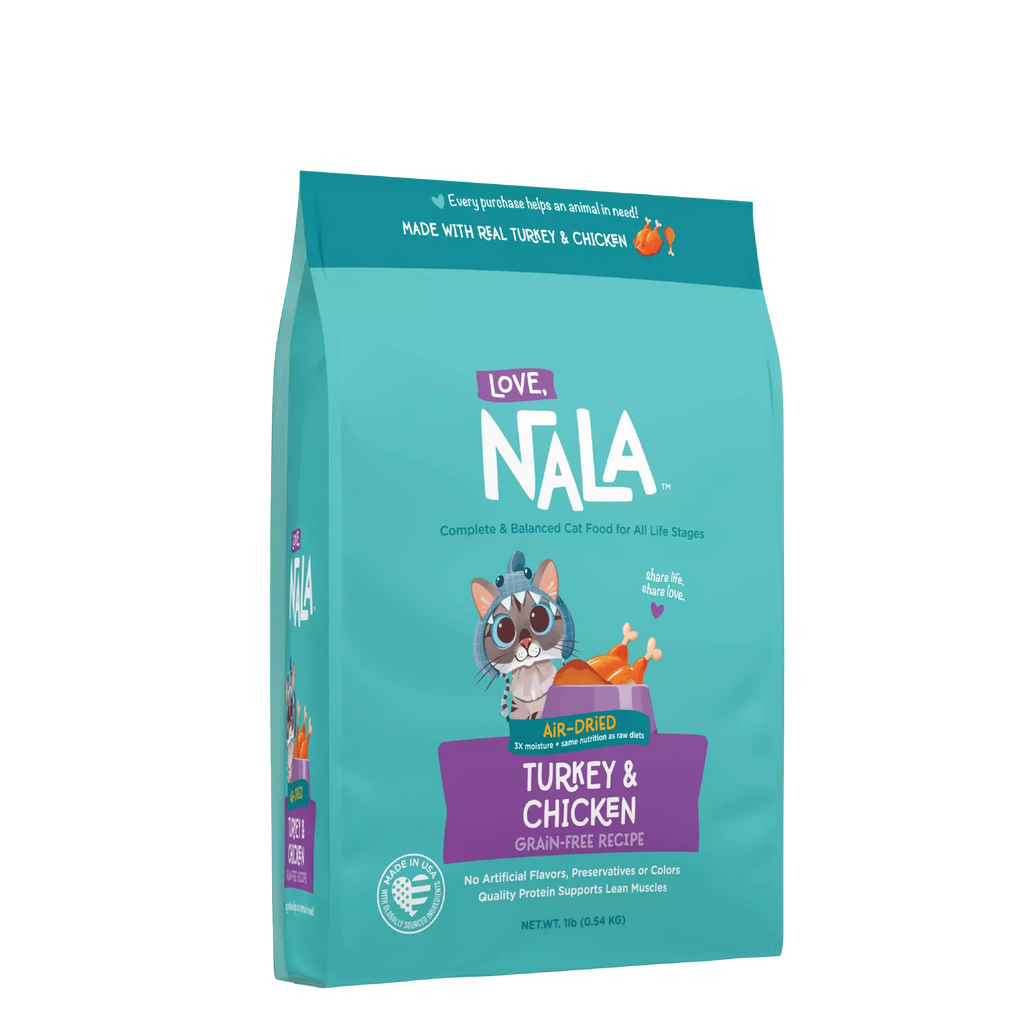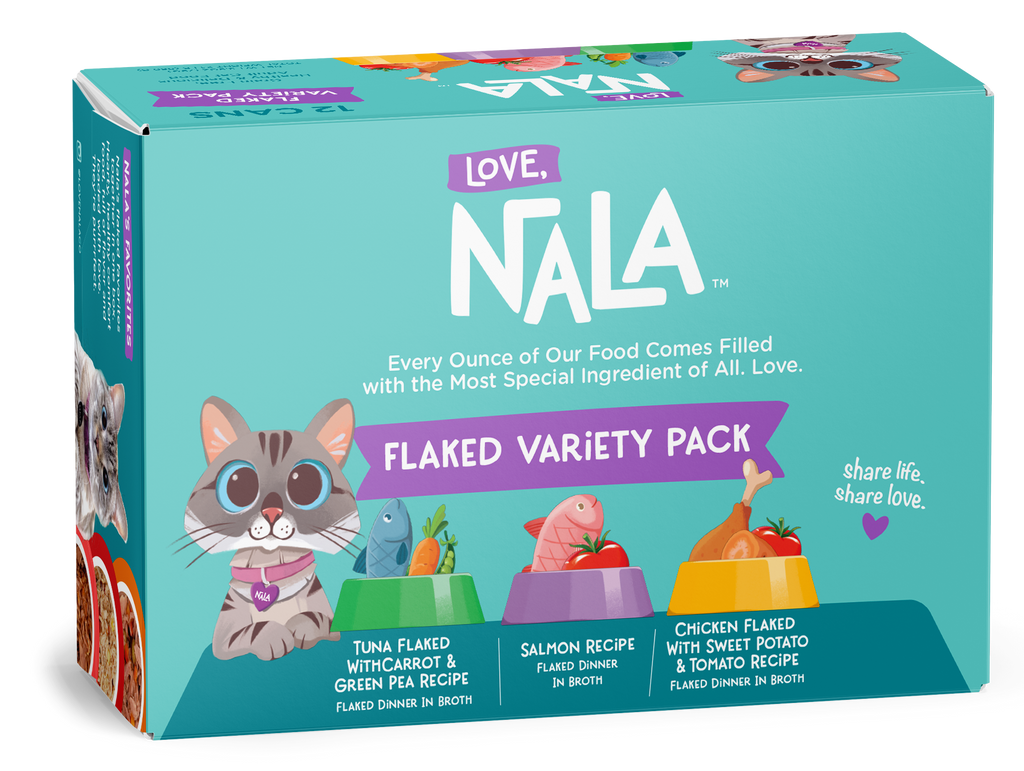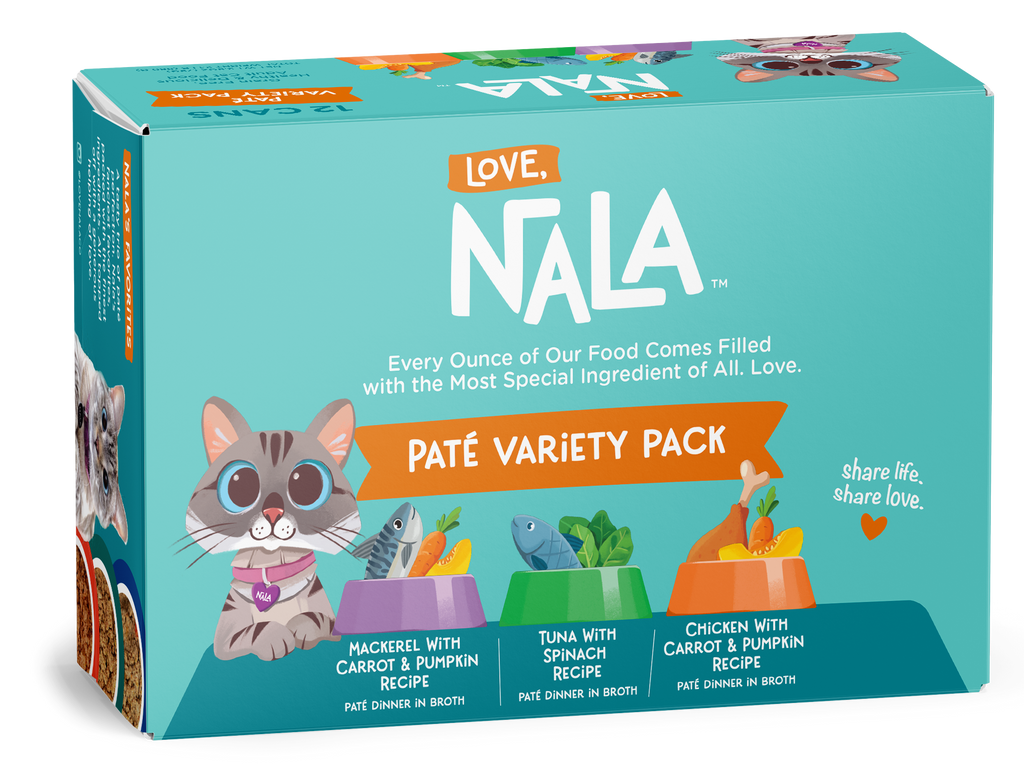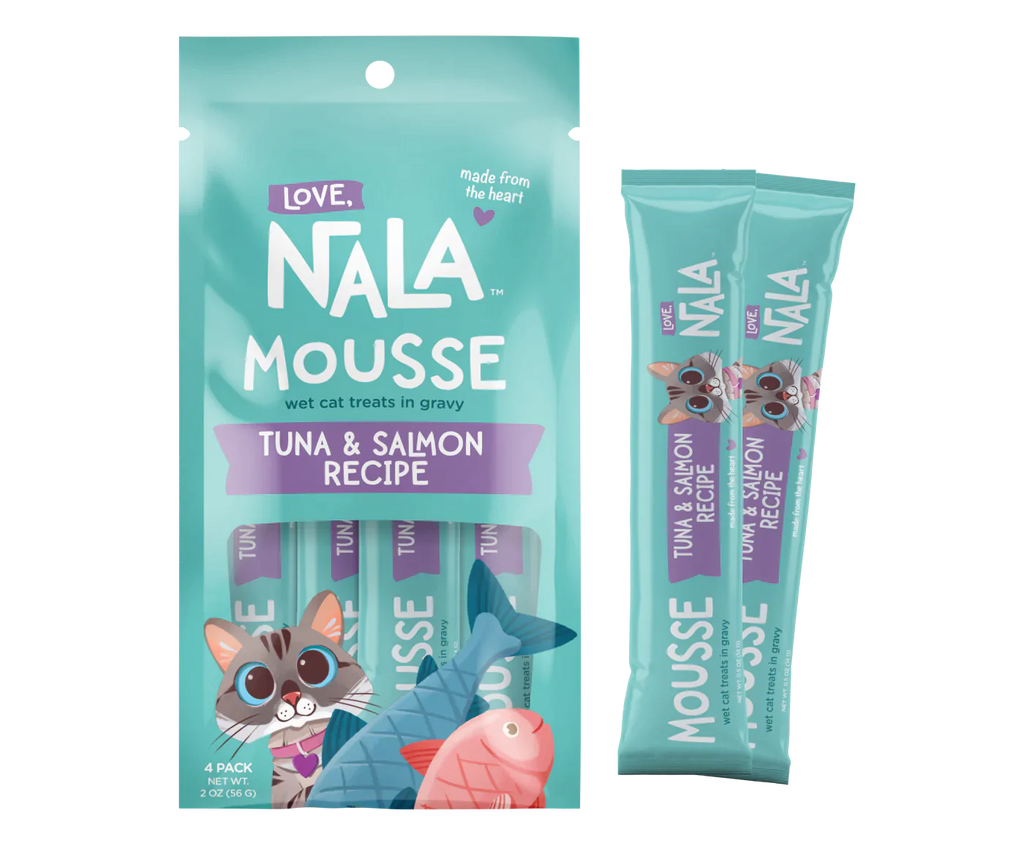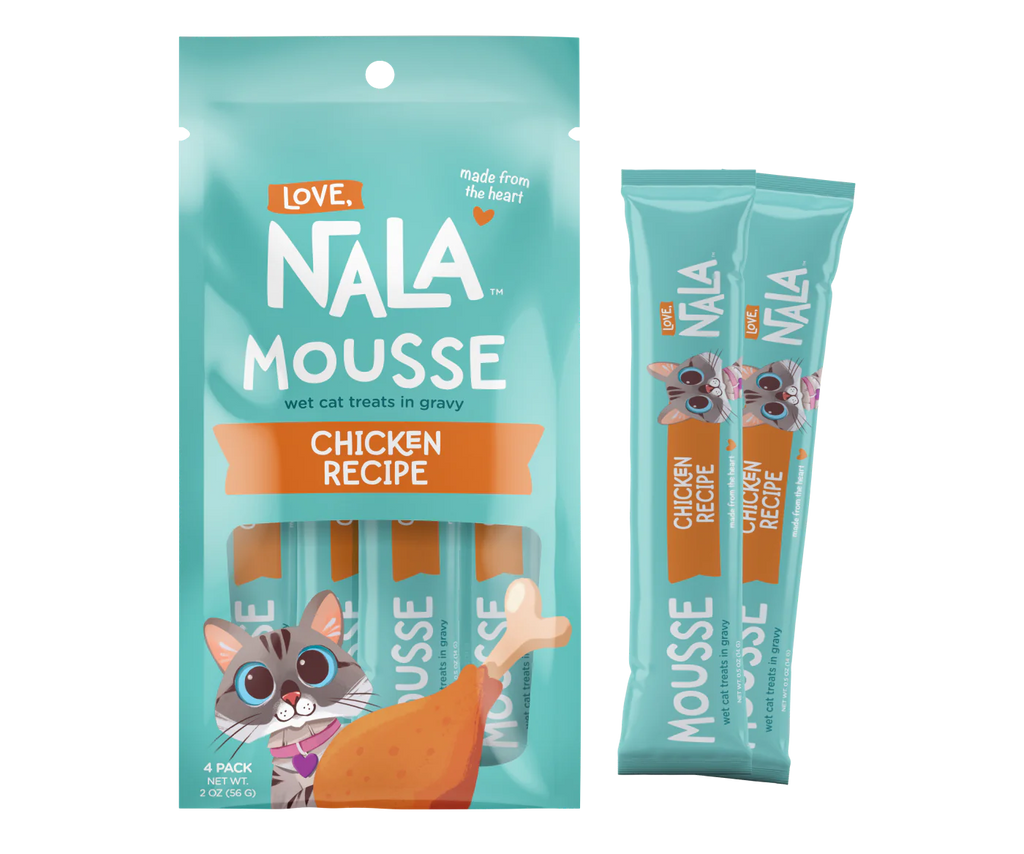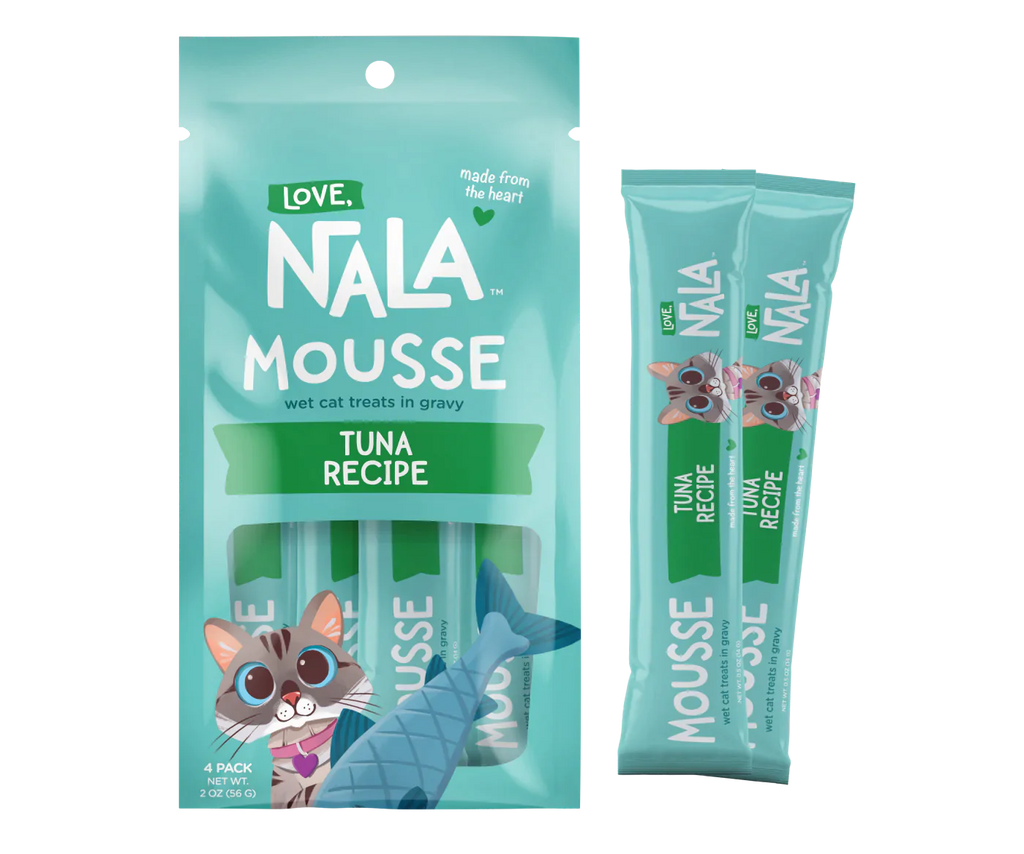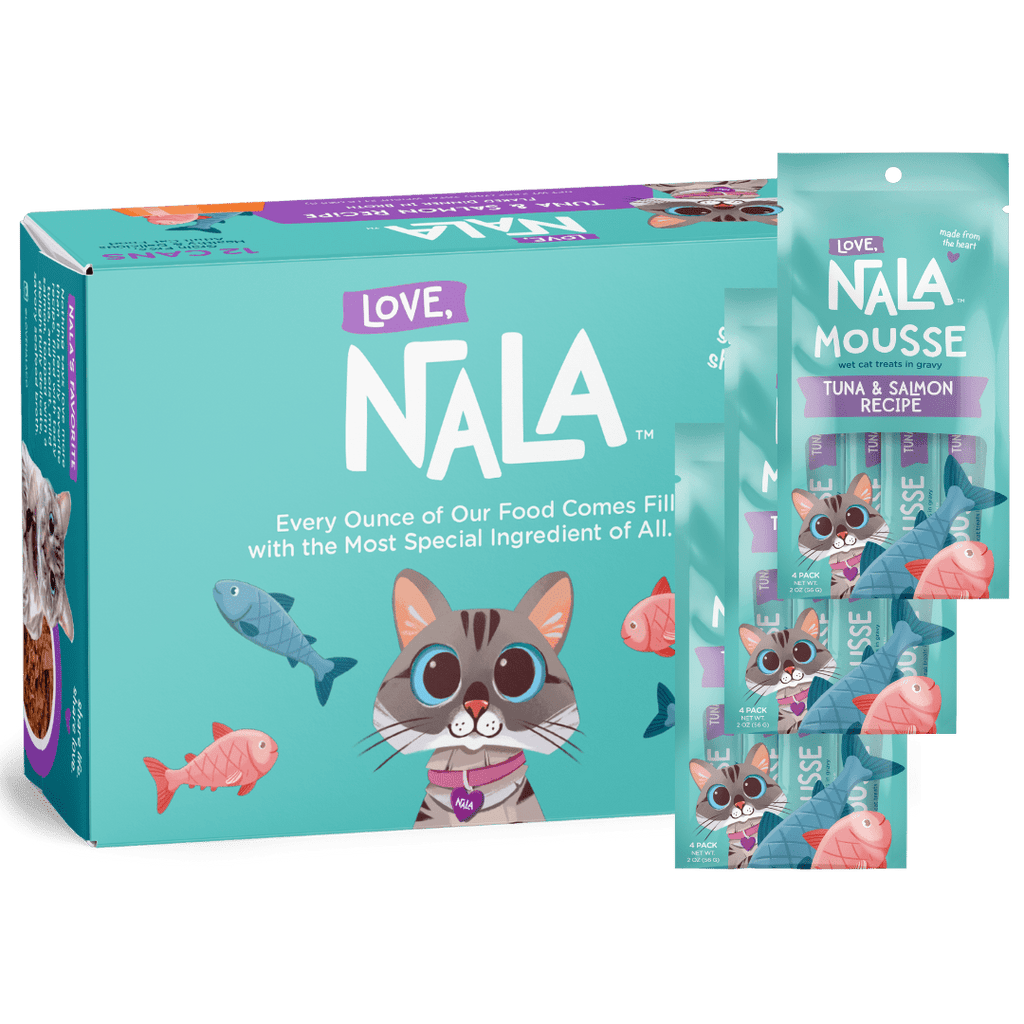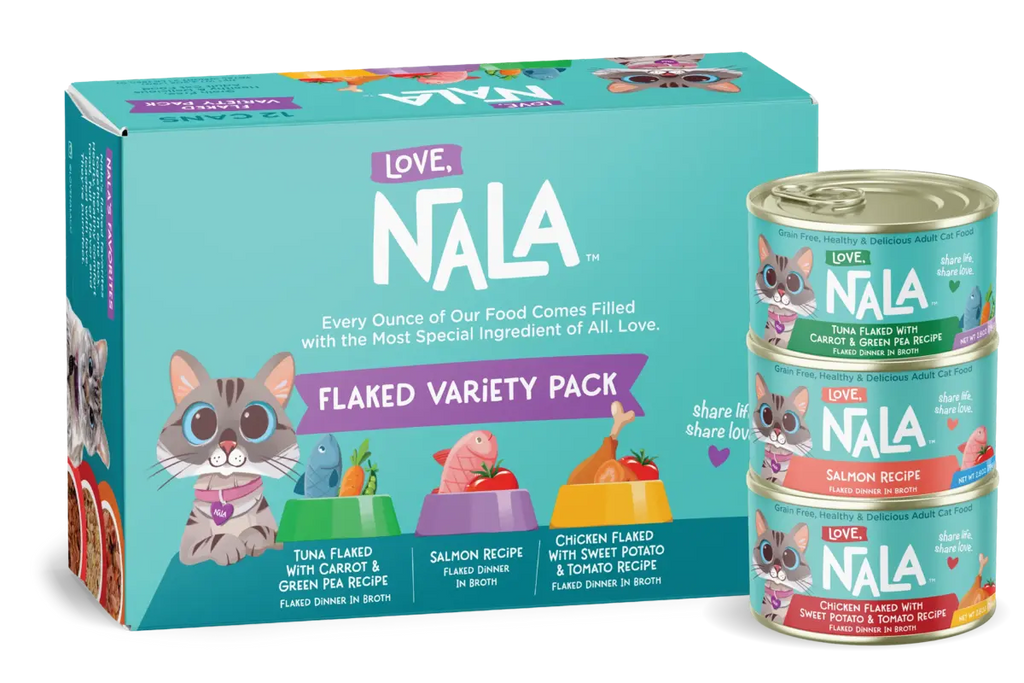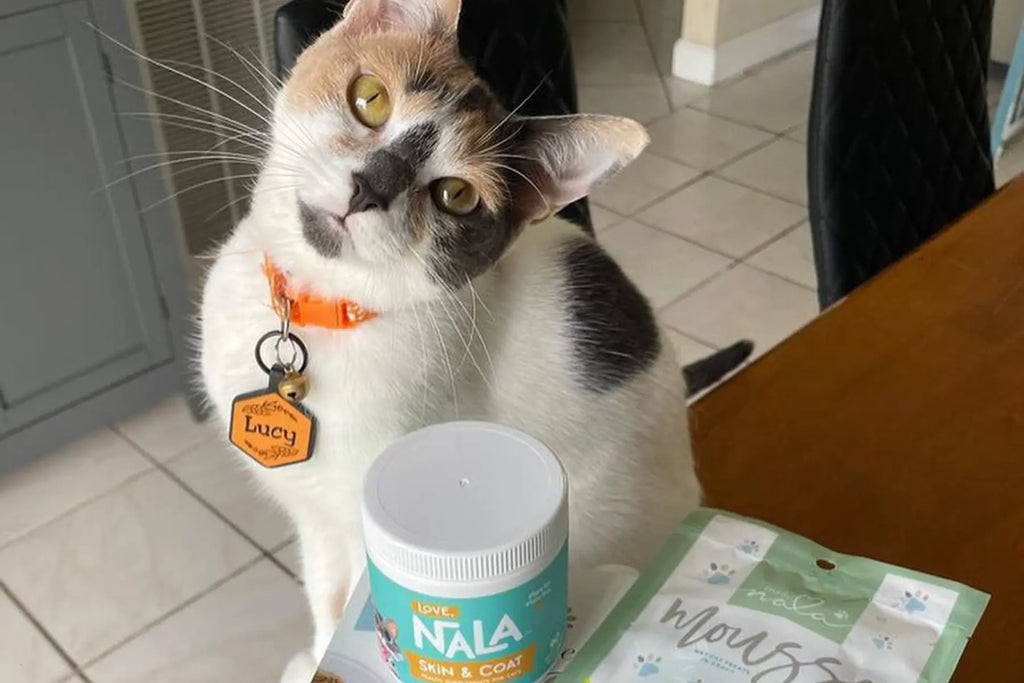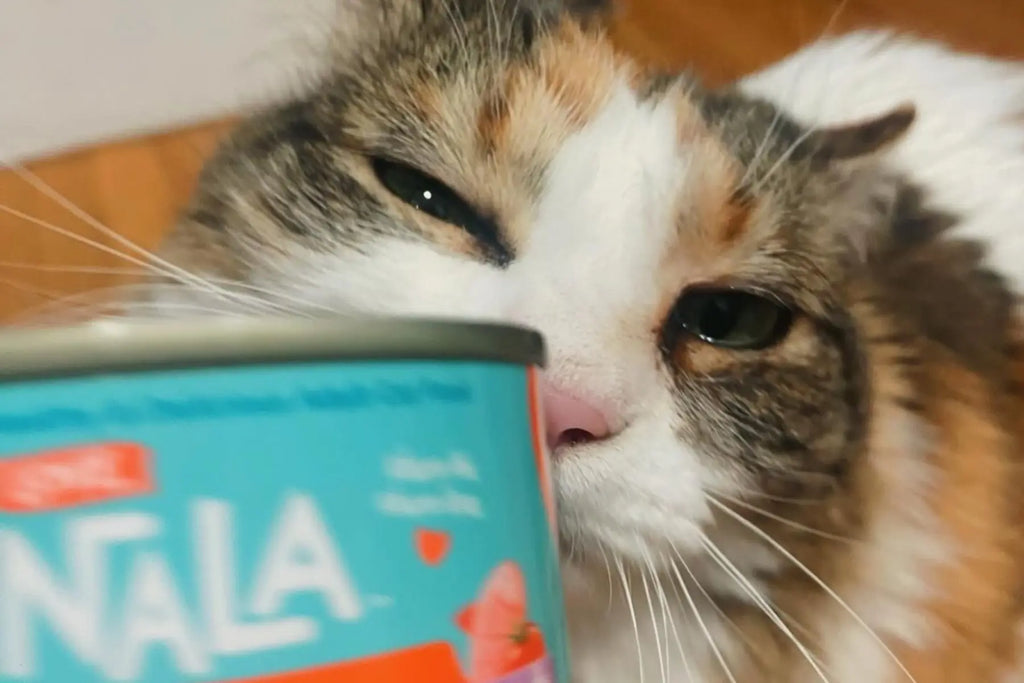Ensuring your cat remains healthy and well-hydrated is a vital aspect of pet care that goes beyond mere affection and attention. This comprehensive blog aims to shed light on the pivotal role of hydration in a cat's health and how dietary choices, specifically the shift towards wet cat food, can significantly enhance hydration levels and support kidney function. Understanding the nuances of feline physiology and hydration, alongside the benefits of incorporating wet food into their diet, is essential for any cat owner looking to optimize their pet's health.
As we explore the reasons why proper hydration is critical and how wet cat food can be an excellent means to achieve this, you'll find actionable advice and insights to help make informed decisions about your cat's dietary needs. From the high moisture content of wet food to practical tips for transitioning from dry to wet food, this blog serves as a guide to nurturing a healthier, happier feline companion through improved nutrition.

Why Hydration Matters for Cats
Proper hydration is essential for the overall health of your cat. In this section, we delve into the physiology of felines and discuss why maintaining adequate hydration is particularly crucial for optimal kidney function.
The Basics of Cat Physiology and Hydration
Water is crucial for every living organism, and your feline companion is no exception. Cats, being descendants of desert animals, naturally have a low thirst drive. Therefore, adding moisture to their diet is essential. Hydration helps in regulating body temperature, aids digestion, and even facilitates proper joint function.
How Hydration Affects Kidney Function
Kidneys serve as a cat's internal filtration system. These organs filter waste products from the bloodstream, which are then expelled through urine. Ample hydration helps the kidneys function more efficiently, reducing the risk of kidney diseases. Conversely, dehydration can put immense stress on the kidneys, leading to severe health issues down the line.
Wet Cat Food: An Overview
What you feed your cat has a significant impact on their hydration levels. This segment explores the high moisture content of wet cat food, the benefits it offers for hydration, and how it fits into a balanced diet for your furry friend.
High Moisture Content in Wet Cat Food
Wet cat food presents various advantages for our feline friends, primarily due to its high moisture content, typically ranging between 70-80%. This aspect is especially beneficial for cats that show a reluctance towards consuming adequate amounts of water. The benefits of wet cat food extend beyond hydration. The texture and temperature of wet food more closely mimic a cat’s natural prey, making it appealing to their instincts and potentially more satisfying to eat. This can be particularly advantageous for finicky eaters who may turn their noses up at cat dried food. While it offers the convenience of longer shelf life and often comes with a lower price tag, it significantly lacks in moisture, necessitating that cats seek water elsewhere to maintain optimal hydration.
Grain-Free Options
While the core focus here is on hydration, it's worth mentioning that some premium cat food brands offer grain-free wet cat treats. These options might offer some digestive benefits but remember, grain-free is not necessarily better for all cats.
A Balanced Diet: Nutrients + Hydration
Beyond moisture, what is the healthiest wet cat food? Look for options that offer balanced nutrition, including essential vitamins, minerals, and protein. When combined with other sources of nutrition, wet cat food serves as an excellent addition to a cat's diet, offering both nutrients and hydration.
Transitioning From Dry to Wet Food: A Step-By-Step Guide
When considering a dietary adjustment for your feline friend, from dry to wet food, it's a decision that carries significance for their health and well-being. This guide aims to provide cat owners with a detailed and systematic approach to making this transition, focusing on enhancing the cat's hydration and overall health. By understanding the steps involved, owners can make informed decisions that align with their cat's specific needs:
- Understanding Your Cat's Hydration Needs - Recognizing the importance of hydration in your cat's diet is the first crucial step. Cats naturally have a low thirst drive, which means they may not drink enough water if fed a dry-food-only diet. By monitoring how much water your cat drinks or consulting with a veterinarian, you can assess their hydration levels. For cats that aren’t keen on drinking water, incorporating wet food into their diet can significantly contribute to their daily water intake, ensuring they remain hydrated and healthy. This understanding forms the basis for considering a dietary change, highlighting the role of wet food in promoting adequate hydration.
- Analyzing the Suitability of Wet Cat Food - The decision to switch to wet food should be tailored to your cat's individual needs. Factors to consider include the cat's age, activity level, and any health issues they might have. For instance, energetic kittens might benefit from calorie-rich wet food, while senior cats might need a diet with fewer calories but more hydration. Consultation with a veterinarian can provide insights into the best type of wet food for your cat, taking into account their specific dietary requirements. This personalized approach ensures that the switch not only meets their hydration needs but also supports their overall health and well-being.
- Setting Dietary Goals - Clearly defining why you are contemplating this change is essential. Whether you aim to improve your cat's hydration, support kidney health, or address a specific health concern, having clear goals will guide your selection of wet food. This might involve choosing wet food formulations rich in specific nutrients or designed for particular health conditions. By setting specific dietary goals, you can more effectively assess the benefits of different wet food options and make a choice that best supports your cat’s health.
- Making a Gradual Switch - To minimize the risk of digestive upset, introduce wet food slowly into your cat’s diet. Start by mixing a small amount of wet food with their usual dry food, gradually increasing the wet food proportion over several days. This gradual transition helps your cat's digestive system adjust to the new food type, reducing the risk of diarrhea or vomiting. It’s a thoughtful approach to dietary change, ensuring that your cat can benefit from the hydration and nutritional value of wet food without unnecessary discomfort.
- Monitoring Your Cat’s Overall Health - After making the switch, it's important to observe your cat's health and behavior closely. Look for changes in energy levels, weight, coat quality, and urine output, as these can be indicators of how well the new diet suits your cat. Regular checkups are also vital to monitor your cat's health and ensure the new diet is positively impacting their hydration and kidney function. This ongoing monitoring is crucial for catching any potential issues early and adjusting the diet as needed to maintain optimal health.
Transitioning your cat from dry to wet food is a process that requires thoughtful consideration, careful planning, and close monitoring. By following these steps, cat owners can ensure their pets receive the hydration and nutritional benefits that wet food offers, leading to a happier and healthier life for their feline companions.

Practical Tips for Wet Cat Food Feeding
Proper feeding practices are just as important as the type of food you give your cat. This section provides practical guidelines on portion sizes, feeding frequency, and complementary ways to keep your cat hydrated.
Optimal Portion Sizes
Maintaining your cat's health and ensuring they remain well-hydrated goes beyond merely selecting the right kind of food; it involves precise portion control as well. Although cat wet food packaging typically provides feeding guidelines, soliciting tailored advice from your vet is advisable. This step is pivotal since cats' caloric needs vary significantly based on factors such as age, size, and activity levels. Identifying the correct portion size is critical; deviations in this area can trigger various health issues, ranging from obesity to malnutrition.
Prioritizing the healthiest cat wet food is essential for your cat's well-being. One particularly popular flavor that many cat owners consider is salmon wet cat food. Not only is it palatable for most cats, but salmon is also a rich source of omega-3 fatty acids, which can contribute to a shiny coat and support overall health. However, it's important to look beyond flavor and consider the nutritional profile of the wet food. The best options are those that offer a comprehensive nutritional profile.
Timing and Frequency
When it comes to feeding your cat, the timing and frequency of meals can make a difference in maintaining consistent hydration levels. Instead of giving your cat one or two large meals a day, consider offering several smaller portions throughout the day. This method helps keep their hydration levels steady and can also aid in digestion. Cats naturally prefer to graze rather than eat large meals at once, and several smaller meals align well with this preference while also promoting better hydration.
The Hydration Factor
Beyond cat food that cats love, you can also encourage hydration through other means. A simple freshwater bowl is a must-have, but you can make hydration more enticing by using a water fountain designed for cats. These fountains often attract cats more than static bowls, encouraging them to drink more water.
Some pet owners go a step further and add ice cubes made from low-sodium chicken broth as a tasty treat. These not only make drinking water more appealing but can also provide some extra nutrients, further encouraging your cat to stay hydrated.
Factors to Consider Before Making the Transition
Switching to wet cat food involves more than just buying a new type of food. This final segment discusses budgetary considerations and the importance of consulting a vet, especially if your cat has pre-existing health conditions.
Budget Considerations
This price difference arises from several factors, including the higher meat content in wet food, its increased packaging costs, and the logistics of storing and shipping a heavier, bulkier product. Before deciding to make the switch, it's essential for pet owners to thoroughly evaluate their budget to ensure the additional expense is manageable. However, despite the higher cost, many cat owners deem the switch a worthwhile investment. The reasoning behind this perspective is rooted in the multiple health benefits that wet food can offer to felines. These benefits include higher moisture content, which is crucial for maintaining proper hydration, especially for cats that are notorious for their low thirst drive.
Moreover, wet cat food often contains more animal proteins and fewer fillers than its dry counterpart, aligning more closely with a cat's natural carnivorous diet. This can lead to better weight management and a leaner body mass, as cats may feel satiated with smaller quantities of food due to its higher nutritional density. Additionally, the texture and variety of flavors available in wet food can stimulate a cat's appetite, which is particularly beneficial for older cats or those with dental issues who might find hard, dry kibble challenging to eat. Considering these advantages, the decision to switch to wet food, despite the higher upfront costs, can be seen as an investment in your cat's long-term health

Existing Health Conditions
When dealing with cats that have pre-existing medical conditions such as diabetes or kidney issues, the decision to alter their diet should never be taken lightly. Such conditions require careful management, which often includes a specific dietary regimen tailored to mitigate the impact of the disease and support the cat's overall health. For instance, cats with kidney disease may benefit from a diet low in phosphorus and protein to ease the kidney's workload, while cats with diabetes might require a diet with a particular focus on controlling carbohydrate intake.
Beyond simply identifying the right type of diet, the vet can provide advice on how to implement the change in a way that is safe and comfortable for the cat, taking into account its specific medical condition. This ongoing monitoring is essential, as it ensures that the dietary strategy continues to align with the cat's evolving health needs.
The journey to enhancing your cat's health and hydration through the transition from dry to wet food is both a meaningful and rewarding endeavor. This comprehensive guide has traversed the importance of understanding your cat's hydration needs, the benefits of wet cat food, and practical steps for making the dietary switch while considering your cat's unique preferences and health requirements. By prioritizing wet food that meets nutritional needs and adopting feeding practices that support hydration, you can significantly contribute to your cat's overall well-being. Remember, the ultimate goal is to ensure your feline friend leads a happy, hydrated, and healthy life. Embrace the journey with patience and care, and watch as your cat thrives under your attentive stewardship.
